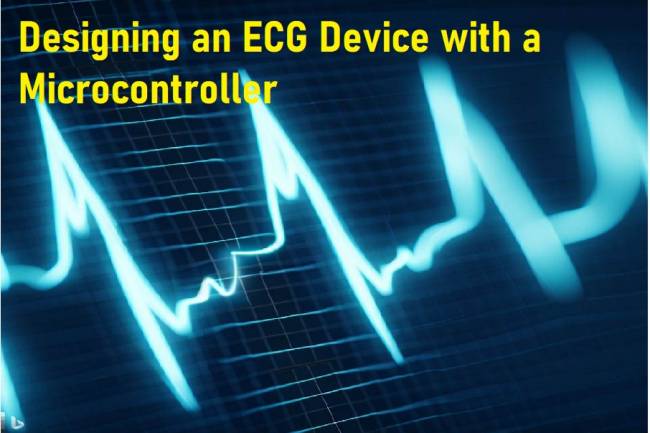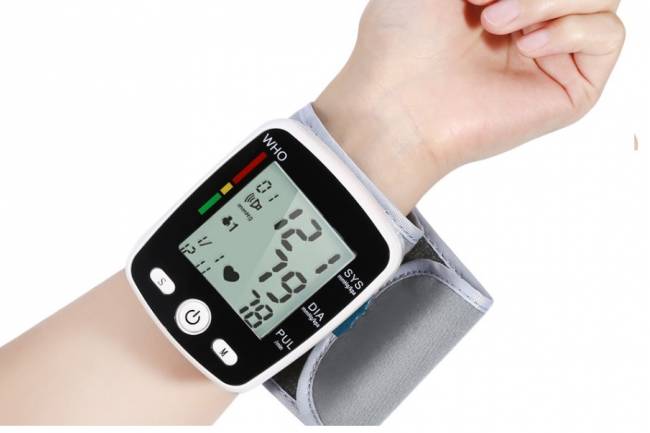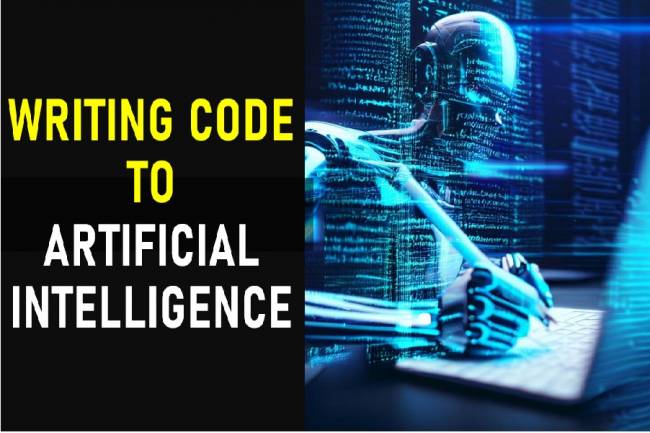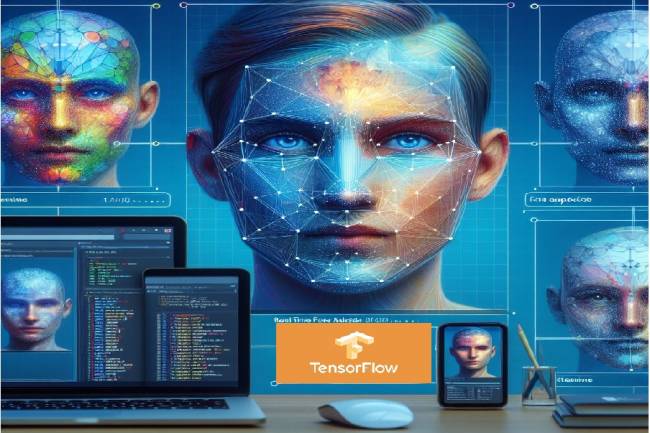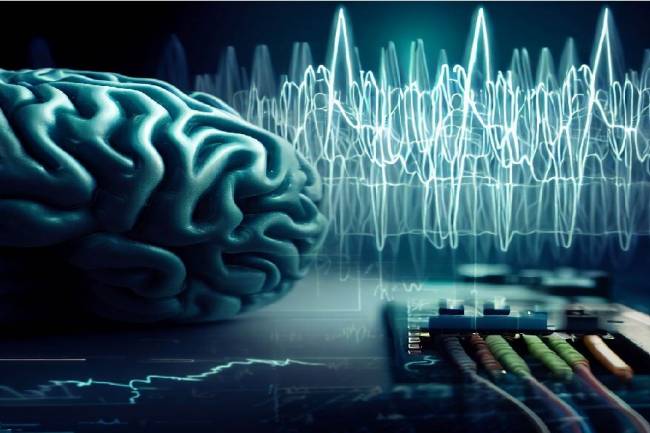
Working Principles and Design Fundamentals of ECG Devices: Introduction to Medical Electronics
In this article, we will try to learn the working principles and design fundamentals of ECG devices.
The article is a beginner's guide for those who are interested in medical electronics or want to learn medical electronics. After understanding the basics of ECG, can an ECG device be made with microcontrollers, we will briefly touch on that subject.
Electrocardiography (ECG) is a medical test method used to measure and record the electrical activity of a person's heart muscle. This test is frequently used by doctors to evaluate the rhythm, rate, and pattern of heartbeats and potentially for heart disease.
Electrocardiography is performed by placing adhesive electrodes called electrodes on the skin surface. These electrodes receive electrical signals produced by the heart and these signals are recorded by an ECG machine. The resulting ECG graph shows how the heartbeats are formed in waves and the electrical activity in different parts of the heart.
The areas of use of ECG can be:
1. Diagnosis of heart diseases:ECG can help diagnose heart attack, heart rhythm disorders, heart failure and other heart diseases.
2. Monitoring drug or treatment effectiveness: The ECG can be used to monitor the effects of certain drugs or treatments on the heart.
3. Preoperative evaluation: ECG can be used to evaluate the patient's heart health before surgery.
4. Routine health checkups: In some cases, ECG tests may be done as part of regular health checkups.
ECG device components
Basically, the ECG system consists of the following components:
1. Electrodes: The outermost components of the ECG are the electrodes. These are metal plates placed on the skin surface and are used to sense the electrical activity produced by the heart.

2. Electrode Connections: These are the cables and connectors used to connect the electrodes to the skin. The electrical signals received from the electrodes are transmitted to the ECG machine through these cables.
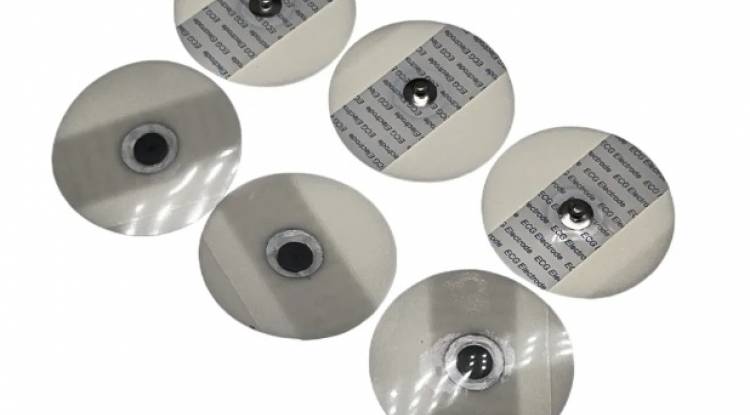
3. Amplifier: It is an electronic component used to amplify and amplify weak electrical signals coming from the electrodes. This step makes the signals stronger and easier to read.
4. Analog-to-Digital Converter (ADC): Analog signals powered by the amplifier are converted into digital data. This makes it compatible with computers and digital devices.
5. Data Processing Unit: Digital signals are processed to generate and display ECG waves. This component performs the necessary operations to identify and analyze different ECG waves and various aspects of heart activity.
6. Screen or Recorder: ECG waves are displayed and recorded on a screen or paper. This allows doctors to evaluate heart rhythm and record exam results.
7. Computer or Data Storage: Today, ECG data can be stored digitally and integrated into patients' medical records. These data can be used for long-term follow-up and analysis.
Heart Frequencies
Electrocardiogram (ECG) waves are generally low-frequency electrical signals. These waves, which reflect the electrical activity of the heart muscle, exist in certain frequency ranges. The basic ECG waves and frequency ranges are:
1. P Wave: A wave that reflects the depolarization (contraction) of the atria. It is usually found in the frequency range 0.05-3 Hz (3-180 bpm).
2. QRS Complex: Complex reflecting the depolarization of the ventricles. It is usually found in the frequency range 0.05-3 Hz (3-180 bpm).
3. T Wave: A wave reflecting the repolarization (recovery) of the ventricles. It is usually found in the frequency range 0.05-3 Hz (3-180 bpm).
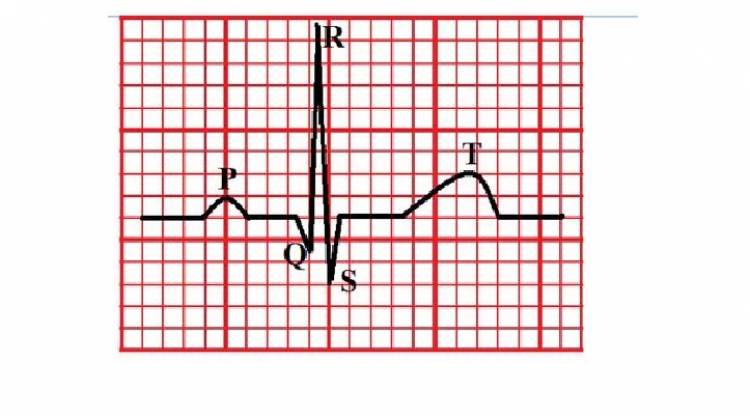
These frequency ranges contain essential features of the normal electrical activity of the human heart. While ECG waves are evaluated for medical analysis and diagnostics, the timing and shape of certain waves can provide important information about heart health.
Second part of the article: Designing an ECG Device with a Microcontroller




